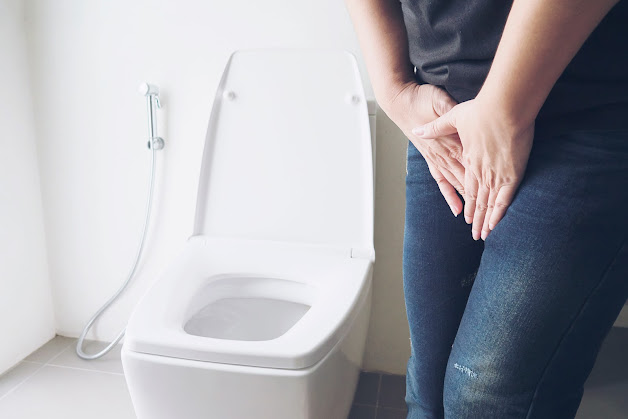An Overview Of Urethral Stricture For Men
A urethral stricture involves scarring that reduces the size of the channel that your body uses to discharge pee (urethra). A stricture restricts the flow of urine out of the bladder and can cause irritation or infection in the urinary system, among other problems.
Strictures can be of two kinds:
Posterior Urethral Structures are the ones found in the first 1 to 2 inches of the urethra, and Anterior Urethral Structures are those found from the final 9 to 10 inches of the urethra.
Treatments for urethral strictures have been variable. Cutting or excision of fibrous tissue might be used, a graft or flap of tissue might add to the problem area, or it might be replaced with a structure made of tissue engineering. While doctors and researchers understand little about how wound healing works, they know that any repair can result in a urethral stricture due to the formation of fibrous tissue.
A person with a urethral stricture might have had a bike or stairway accident, or they may have been the recipient of prostate surgery, chemotherapy, catheterization, and radiation therapy.
The specific issue of urethral stricture is studied through various tests, including X-rays and ultrasounds. These exams research how the stricture affects urine flow and scope out where it is located.
The appropriate course of action to treat a urethral stricture will depend on the size of the obstruction, as well as the length of scar tissue. Treatments options include urethral dilation, which involves using a cystoscope and a succession of progressively bigger dilating tools to expand the urethra.
A urethrotomy is an operation where the region of obstruction is opened by using the cystoscope, a tool used to view inside the bladder, and a specialized instrument to cut through the ring of scar tissue.
If dilatation or urethrotomy fails and the stricture reappears, surgery to repair the urethra or urethroplasty is typically considered a permanent solution.
A blocked or infected bladder is a complication of torsion and can adversely affect kidney functioning.


Comments
Post a Comment